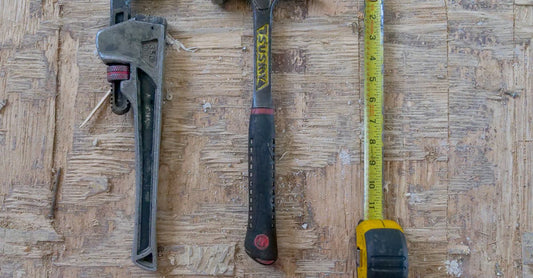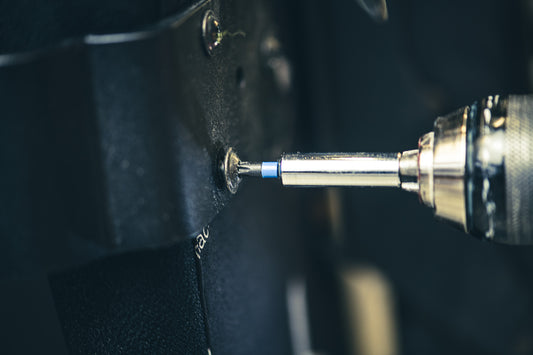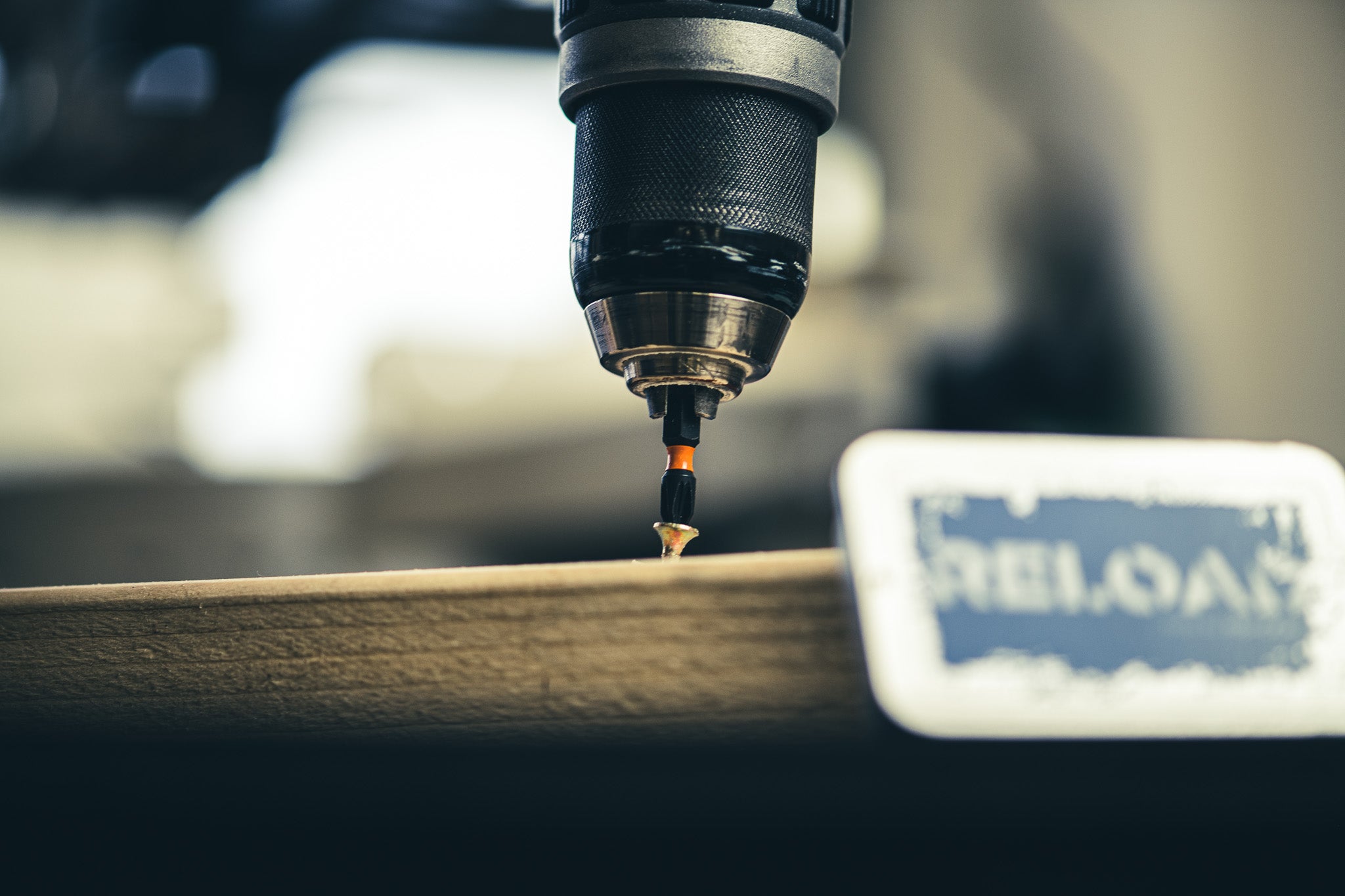Mawr-teyz and Ten-uhn joint
Mortise, Tenon, Joint
A type of joint where a mortise slot is cut into one piece of wood and a tenon is cut on the other to join them together.
Example usage: The carpenter used a Mortise and Tenon joint to secure the two pieces of wood.
Most used in: Traditional woodworking and carpentry.
Most used by: Carpenters, woodworkers, and other tradespeople.
Popularity: 8/10
Comedy Value: 2/10
Also see: Dado and Tenon, Bridle joint, Tusk Tenon, Housed joint,
What is a Mortise and Tenon Joint?
A Mortise and Tenon joint is a type of carpentry joint used to join two pieces of wood together. It is one of the oldest and strongest forms of woodworking joints and is still widely used today. It consists of a tenon (a rectangular piece of wood) which is inserted into a mortise (a cavity in the other piece of wood). The two pieces are then secured together with glue, dowels or pegs.
Mortise and Tenon joints are strong and versatile, making them a popular choice for construction projects. They are commonly used in furniture making, cabinetry, and door frames. They are also often used in log homes, timber frames, and other wooden structures.
The strength of a Mortise and Tenon joint depends on the quality of the fit, the type of wood used, and the method of fastening. According to a study conducted by the University of Wisconsin-Madison, a properly constructed joint can have a strength of up to 1,500 pounds per square inch.
Mortise and Tenon joints are a great way to join two pieces of wood together. They are strong, versatile, and can be used in a variety of applications. With proper construction, they can provide a joint with a very high strength-to-weight ratio.
Mortise and Tenon Joint - An Ancient Building Technique
The term 'Mortise and Tenon' joint is an ancient carpentry technique used for joining pieces of wood together, and is believed to have been used as early as 3700 BC in Ancient Egypt. It is also known to have been used in Ancient Greece, Rome, and China.
The technique involves cutting a hole (mortise) into one piece of wood and a projection (tenon) on the other, which fits into the hole. This joint is then secured by a peg or dowel, which is driven through the tenon and into the mortise. This joint is very strong and durable, and is a key component in many traditional furniture and architectural designs.
The term 'Mortise and Tenon' was first recorded in English in the 16th century, and was likely derived from the French term 'tenon mortaise' which was in use since at least the 14th century.
Today, the Mortise and Tenon joint is still used in carpentry and cabinet making, and is a testament to the ingenuity and craftsmanship of ancient builders.




